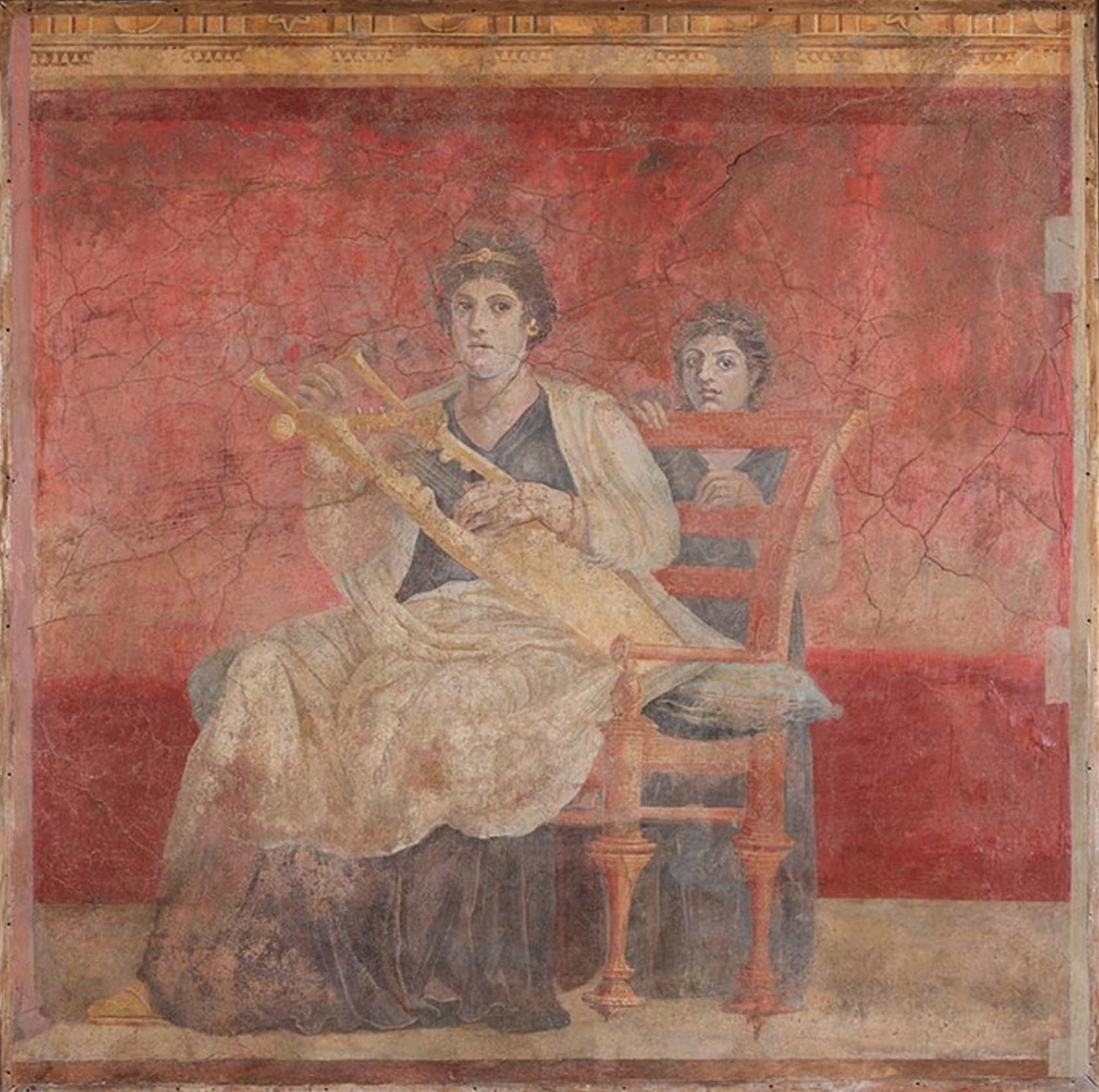Stone Cinnabar
Stone Cinnabar
Couldn't load pickup availability
Share



READ SAFETY INFORMATION
Description
Natural Chinese Cinnabar is a handmade single pigment made through a historical process of finely grinding raw cinnabar stone. This deep, rich red pigment has been prized for centuries for its intense color and smooth application. Unlike synthetic vermilion, natural cinnabar has subtle variations in hue due to its mineral composition.
Cinnabar is highly opaque and possesses a brilliant, warm red hue with slight orange undertones. It has been used extensively in traditional Chinese lacquerware, manuscript illumination, and oil painting. However, due to its mercury content, it requires careful handling.
This pigment is most commonly used in oil and tempera painting, though it has been applied in frescoes and manuscript painting throughout history.
Natural cinnabar is renowned for its exceptional color saturation, making it an ideal pigment for artists seeking historical accuracy in restoration projects or traditional painting methods.
History
Cinnabar has been an essential red pigment for millennia, used across multiple civilizations:
In Ancient China, cinnabar was used in painting, sculpture, and lacquerware. It was also highly valued in Daoist alchemy and medicine, where it was believed to grant immortality—though this often led to mercury poisoning. The pigment was commonly found in imperial tombs and ceremonial objects.
The Romans prized cinnabar for its use in fresco painting and cosmetics, though its high cost meant it was often reserved for wealthy patrons. Roman artisans sourced the pigment from Spain's Almadén mines, one of the largest mercury deposits in the world. In the pictured artwork of a wall painting from Room H of the Villa of P. Fannius Synistor at Boscoreale, natural stone cinnabar is used extensively for the rich red-orange background and chair.
During the Middle Ages, cinnabar was used extensively in illuminated manuscripts and panel paintings. It was often applied alongside gold leaf to create rich, decorative effects. Due to its high price, it was sometimes adulterated with red lead or artificially manufactured into synthetic vermilion.
By the Renaissance, cinnabar remained a preferred pigment for artists like Titian and Raphael. However, as awareness of its toxicity grew, alternatives like synthetic vermilion became more widely used.
Today, natural cinnabar is rare and primarily used in historical restorations, traditional Chinese painting, and as a collector’s pigment.
Health and Safety
Warnings:
Hazard Designation
H317 May cause an allergic skin reaction.
H302 Harmful if swallowed.
H332 Harmful if inhaled.
H360 May damage fertility or the unborn child.
H373 May cause damage to organs through prolonged or repeated exposure.
H410 Very toxic to aquatic life with long lasting effects.
Safety Designation
P260 Do not breathe dust/fume/gas/mist/vapors/spray.
P261 Avoid breathing dust/ fume/ gas/ mist/ vapors/ spray.
P280 Wear protective gloves/ clothing/ eye/ face protection.
P281 Use personal protective equipment as required.
P405 Store locked up.
P501 Dispose of contents/ container according to regional, national and international regulations.
Precautions:
Keep out of reach of children and pets.
Do not consume.
Not for cosmetic or food usage.
Do not spray apply.
For further health information, contact a poison control center.
Use care when handling dry pigments and avoid dust formation.
Use particular caution with fibrous, fine, or toxic pigments.
Do not eat, drink, or smoke near dry pigments.
Avoid breathing in pigment dust and use a NIOSH-certified dust respirator with sufficient rating for dry pigment.
Wash hands immediately after use or handling.
If dust is likely, always wear protective clothing to keep out of eyes, lungs, and off skin, as well as keep the area ventilated.
This product may contain chemicals known by the State of California to cause cancer, birth defects, or reproductive harm.
Warnings and bottle information are abbreviated.
Pigment Information
Pigment Type: Natural (Mineral)
Source: Cinnabar stone (HgS, Mercury Sulfide)
Country of Origin: China
Suitable Mediums: Watercolor, Oil, Tempera (Not recommended for fresco)
Lightfastness: Best
Opacity: Opaque
Other Names: Stone Vermilion, Dragon’s Blood (historically), Chinese Cinnabar
Color Index Code: PR106
Image: Wall painting from Room H of the Villa of P. Fannius Synistor at Boscoreale from the MET



